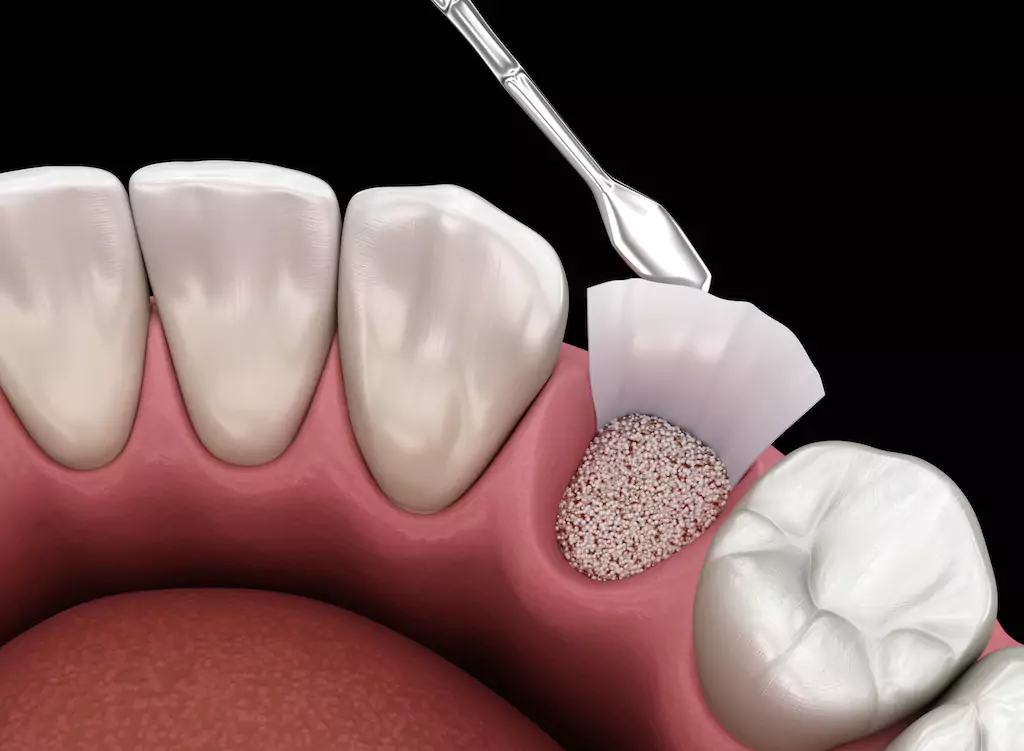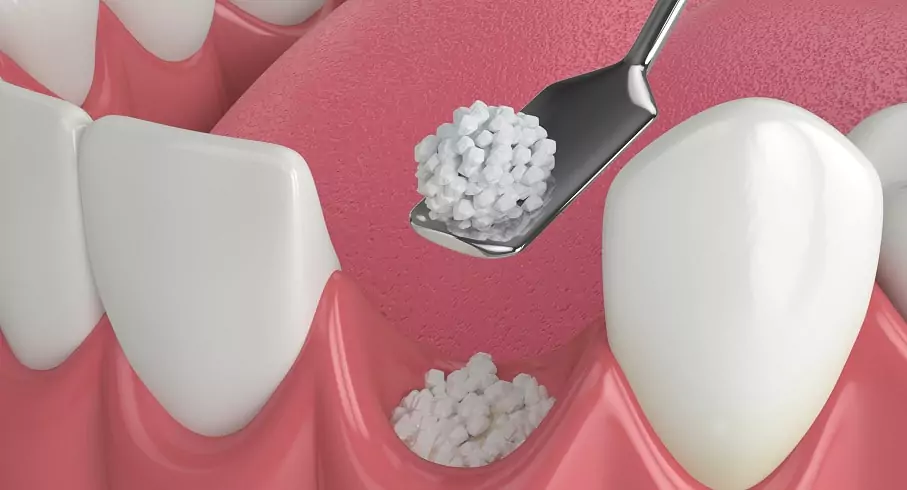
If you’ve heard about dental bone grafts and their association with dental implants, this comprehensive guide will provide you with all the essential information you need. Bone loss in the jaw can hinder the successful integration of dental implants through a process known as Osseointegration. Dental bone grafts can address this issue by adding bone to the implant site, enabling the possibility of dental implant placement. This article aims to answer common questions, highlight the benefits and considerations, and explain the procedure and healing process involved in dental bone grafting.
Dental bone grafting involves the addition of bone material to the jaw to provide structural support. This enables the successful placement of dental implants in cases where the natural bone density is insufficient. The ultimate goal is to establish secure and comfortable dental implants. The process typically occurs in two stages: the bone graft procedure, followed by the placement of dental implants after several months of healing. In addition to supporting implants, bone grafting can restore facial shape and contour if needed.
Dental bone grafts are necessary when individuals lack adequate jawbone density to support dental implants. Your dentist can determine the need for a graft by assessing your bone height, shape, and density using a CT scan. Common causes of bone loss include gum disease, osteoporosis, gingivitis, cancer, and traumatic facial injury. If your jawbone lacks the necessary bone for implants, dental bone grafts offer a solution. Compared to dental bridges or dentures, dental implants provide a more permanent solution for tooth replacement, and bone grafting allows their successful placement.
Various sources of bone graft material are available, including:
The cost of dental bone grafts varies depending on the source of the graft material. Autograft procedures tend to be more expensive, while synthetic alloplastic grafts are generally more affordable. In India, the cost of dental grafts typically starts at around $175+ for smaller procedures with alloplastic graft material. More complex procedures involving autografting or sinus lifts with bone grafting can cost significantly more.
Dental bone grafts are a vital step in supporting dental implants and ensuring a permanent solution for tooth replacement. While the process may require several months of healing and involve costs, the long-term benefits for dental health, appearance, and confidence make it a worthwhile investment. Unlike dentures, implants provide a stable and infection-free option. It is essential to maintain open communication with our dentist, who will guide you through the treatment options and ensure a comfortable and successful journey.
Unleash the power of your smile and embark on a life-changing journey today! Embrace a transformational experience that will redefine your confidence and elevate your smile to new heights. Take the first step towards a radiant future and unlock the extraordinary potential within you. Let your smile become the symbol of your transformation and embrace the incredible possibilities that Await.

Stay up-to-date with our latest updates!
We will never send any spam emails.
